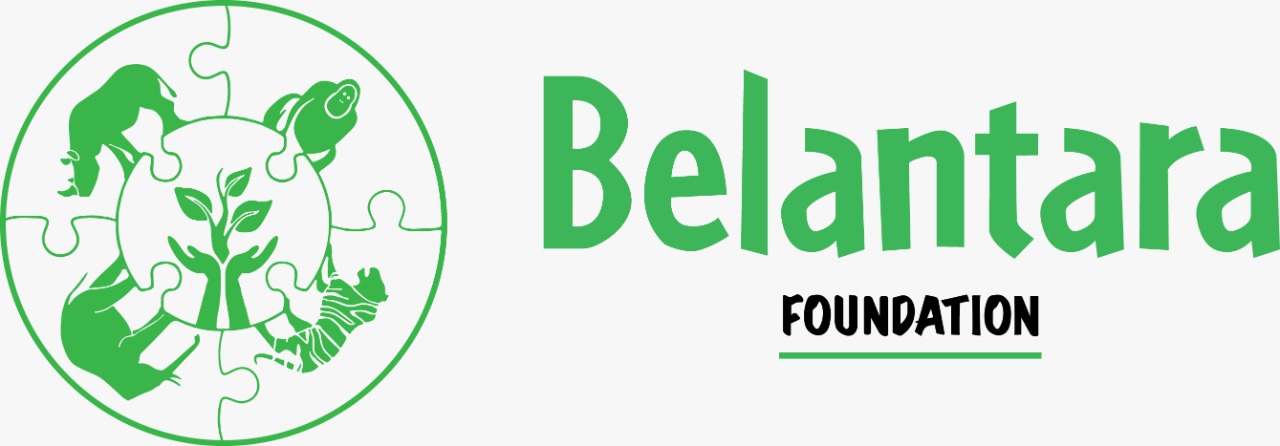Ecological carrying capacity of Cidahu Nature Tourism Object, Gunung Halimun Salak National Park
Abstract
The nature tourism sector plays an important role in national economic growth. Cidahu Nature Tourism Object, Gunung Halimun Salak National Park (GHSNP) is one of the natural attractions that has provided many benefits for the government, especially in supporting local community's economy. Natural tourism activities in Cidahu, which have been tended for mass tourism, can both benefit the economy and have a negative impact on conservation areas. The purpose of this study was to determine the tourism carrying capacity in Cidahu Nature Tourism Object by examining the maximum number of tourists that can be accommodated so that the physical, environmental and management aspects are not damaged ecologically and tourism actors may still receive satisfaction from the activities. Through a descriptive research method, data processing techniques using the Cifuentes method was used to calculate the physical carrying capacity (PCC), real carrying capacity (RCC) and effective carrying capacity (ECC). Based on the results of the study, the physical carrying capacity value was 10,593, the real carrying capacity was 148 and the effective carrying capacity was 133. With the PCC value > RCC > ECC, the tourism carrying capacity in Cidahu Natural Tourism Object is still in good condition.
Keywords
References
Azwar, S. (2012). Metode Penelitian. Yogyakarta: Pustaka Pelajar.
Balai Taman Nasional Gunung Halimun Salak [TNGHS]. (2018). Laporan Rencana Pengelolaan Jangka Panjang Taman Nasional Gunung Halimun Salak Periode 2018-2027. Sukabumi: BTNGHS, Dirjen KSDAE Kementerian Lingkungan Hidup dan Kehutanan.
Cifuentes, M. (1992). Determinación de capacidad de carga turÃstica enáreas protegidas (No. 194). Bib. Orton IICA/CATIE.
Fandeli, C., & Nurdin, M. (2005). Pengembangan Ekowisata Berbasis Konservasi di Taman Nasional. Yogyakarta: Fakultas Kehutanan Universitas Gadjah Mada, Pusat Studi Pariwisata Universitas Gadjah Mada dan Kantor Kementerian Lingkungan Hidup.
Fandeli, C., & Nurdin, M. (2009). Prinsip-prinsip Dasar Mengkonservasi Lansekap. Yogyakarta: Gadjah Mada University Press.
Manning, RE (2001), Programs that work visitor experience and resource protection: A framework for managing carrying capacity of national parks. Journal of Park and Recreation Administration, 19(1), 93-108.
McCool, S., & Moisey, R.N. (2008). Tourism, Recreation, and Sustainability: Linking Culture and the Environment. 2nd edition. Oxfordshire, United Kingdom: CAB International.
Pickering, C.M., & Hill, W. (2007). Impacts of recreation and tourism on plant biodiversity and vegetation in protected areas in Australia. Journal of Environmental Management, 85, 791-800.
Pirngadie, B.H. (2012). Kajian Ketersediaan Air Minum dalam Mendukung Pengembangan Kegiatan di Kecamatan Cidahu Kabupaten Sukabumi [Doctoral dissertation]. Bandung, Fakultas Teknik Universitas Pasundan.
Sasmita, E. (2014). Analisis daya dukung wisata sebagai upaya mendukung fungsi konservasi dan wisata di Kebun Raya Cibodas Kabupaten Cianjur. Jurnal Manajemen Resort dan Leisure, 11(2), 71-84.
Sayan, M.S., & Atik, M. (2011). Recreation carrying capacity estimates for protected areas: A Study of Termessos National Park (Turkey). Ekoloji, 20(78), 66-74.
Sheppard, D. (2006). The New Paradigm for Protected Areas: Implications for Managing Visitors in Protected Areas in Exploring the Nature of Management. In Siegrist, D., Clivaz, C., Hunziker, M. & Iten, S. (Eds.) Proceedings of the Third International Conference on Monitoring and Management of Visitor Flows in Recreational and Protected Areas. Rapperswil, Switzerland: University of Applied Sciences Rapperswil.
Soemarwoto, O. (2004). Ekologi, Lingkungan Hidup dan Pembangunan. Edisi ke-10. Jakarta: Penerbit Djambatan.
Suwantoro, G. (2004). Dasar-Dasar Pariwisata. Yogyakarta: ANDI
DOI: 10.33751/injast.v3i1.4068
 Abstract views : 363
Abstract views : 363
Refbacks
- There are currently no refbacks.
Copyright (c) 2022 Indonesian Journal of Applied Environmental Studies

This work is licensed under a Creative Commons Attribution-NonCommercial-ShareAlike 4.0 International License.













